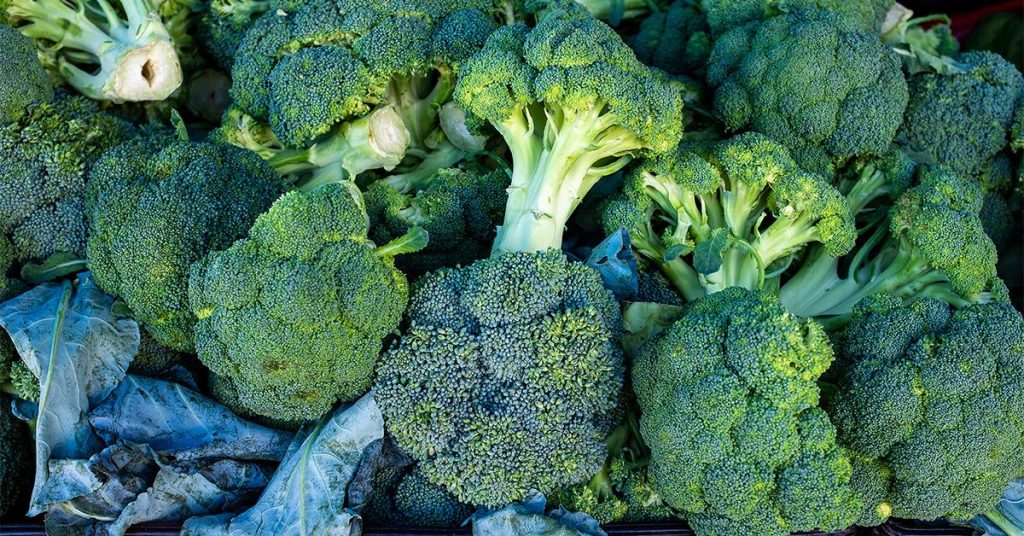High blood pressure, also known as hypertension, is a major risk factor for heart attack and stroke. Therefore, it is crucial to control blood pressure levels, which can often involve making dietary changes. A recent study aimed to investigate the impact of cruciferous vegetables, such as kale, broccoli, and cauliflower, compared to root and squash vegetables on blood pressure. The research focused on measuring the effects of cruciferous vegetables on 24-hour brachial systolic blood pressure, which indicates the pressure in the arteries when the heart muscles contract. The study recruited 18 Australian participants with mild to moderately high blood pressure to participate in a randomized, controlled, crossover trial.
During the study, participants were assigned to two-week interventions with a break in between. In one intervention, they consumed four servings of root and squash vegetables daily, while in the other intervention, they consumed four servings of cruciferous vegetables. Participants consumed the vegetables as soups prepared for lunch and dinner. Results showed that consuming cruciferous vegetables led to a decrease in systolic blood pressure during the day after the two-week intervention. The study also found an increase in nighttime aortic diastolic blood pressure among those consuming cruciferous vegetables, as well as an increase in heart rate. Additionally, participants in the cruciferous vegetable group experienced a significant reduction in serum triglyceride levels compared to the control group.
The researchers noted that a 2.5 mmHg reduction in 24-hour ambulatory systolic blood pressure can translate to approximately a 5% lower risk of cardiovascular events like heart attacks or strokes. The study emphasized the importance of increasing cruciferous vegetable consumption to potentially reduce the burden of cardiovascular disease. Christopher Berg, a cardiologist not involved in the study, highlighted the potential biological effects of micronutrients in cruciferous vegetables that can impact blood pressure regulation. However, the study had limitations, including a small sample size of less than 20 participants, a lack of diversity in the participants, and challenges in generalizing the results to the broader population due to the participants having higher baseline vegetable intake.
The study’s limitations also included a short duration, limited control over participants’ other food intake, and challenges in maintaining complete blinding of participants due to differences in soup taste. Future research could explore the specific components of cruciferous vegetables responsible for the observed benefits on blood pressure. Despite these limitations, the study suggests that incorporating cruciferous vegetables into one’s diet may help lower systolic blood pressure and offer additional health benefits, including cancer-fighting properties, improved cholesterol levels, gut health, and immune system support. Safe dietary changes should always be implemented with guidance from healthcare professionals taking individual dietary needs into account.
Healthcare professionals recommend making sustainable dietary changes, such as gradually adding more vegetables to meals, to improve overall health outcomes, including blood pressure reduction. For individuals interested in increasing cruciferous vegetable consumption, simple cooking methods like grilling or eating them raw, as well as trying new cruciferous vegetables regularly, can add variety to the diet. Ultimately, the study underscores the potential benefits of incorporating cruciferous vegetables into one’s diet to promote better heart health and overall well-being.


